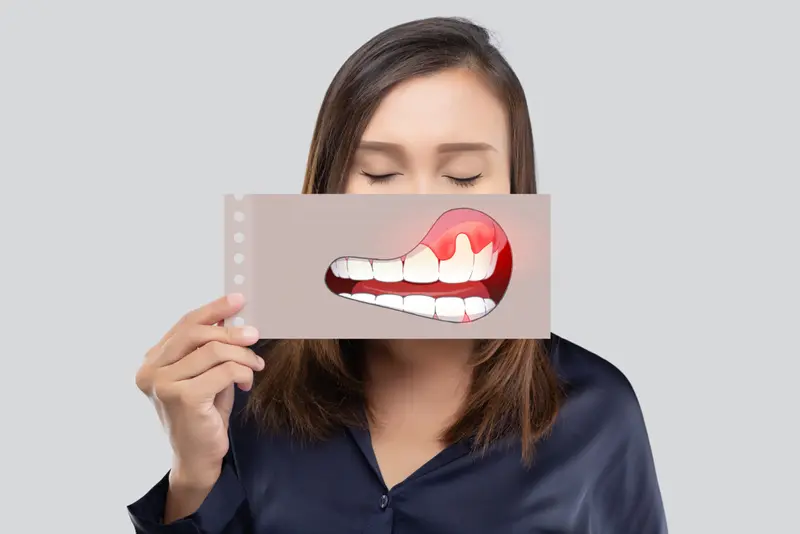What is scaling?
Our gums are one of the most fundamental periodontal factors that surround our teeth along with our jawbone. Gums, which are often not kept clean due to inadequate oral hygiene, can lose their health over time and subsequently cause many periodontal diseases.
Unhealthy gums often have a swollen and reddened appearance. Although this condition can sometimes be caused by various diseases and medications, it usually occurs with dental calculus due to lack of proper hygiene.
If tartar is not removed regularly and the gums are not cleaned from the existing inflammation, the problems that start around the teeth deepen and begin to affect the bone under the gums. This can cause both pain and bleeding in the gums and tooth loss due to unsupported roots due to bone loss in the future.
Is scaling a painful procedure? Does it damage teeth?
These problems can be easily avoided with very simple regular cleanings that take about 30 minutes and oral hygiene techniques that the patient practices on their own.
Contrary to popular belief, these procedures, which do not cause any harm to the teeth, should be repeated regularly every 6-12 months, depending on eating habits and oral-saliva structure. Ultrasonically operated devices ensure that only bacterial plaque and tartar on the teeth and under the gums are cleaned and removed without damaging the tooth tissue. Unfortunately, it is not possible to achieve this with normal toothbrushes.
What is surgical periodontal treatment?
In very advanced gum problems, sometimes it may not be enough to simply remove the existing tartar and clean the gums. If the source of the problem has gone deeper, it may be necessary to remove the flap from some areas with various surgical operations and make a scraping and arrangement at the bone level.
In case of gingival recession that cannot be reversed only with oral hygiene and regular scaling, sometimes gingival tissue is taken from another area in the mouth and sewn to the areas with gingival recession and the gingival tissue in the teeth is recovered in this way.
Early diagnosis and treatment is very important in the treatment of gum problems. The earlier the problem can be diagnosed, the easier it is to solve and does not require surgery. Therefore, it is critical to go for regular check-ups and pay attention to oral hygiene.
